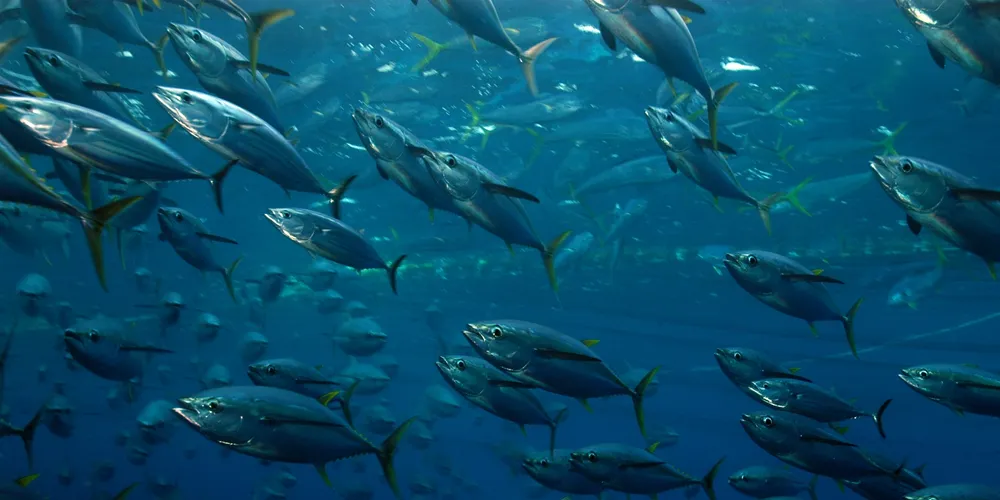Tuna Conference Blog 2015: Peak time for tuna consolidation
As a warm up for main event -- the Seafood Expo Global -- the world's tuna industry is gathering in Brussels Monday, for the fifth European Tuna Conference. Check back here for IntraFish's coverage.
